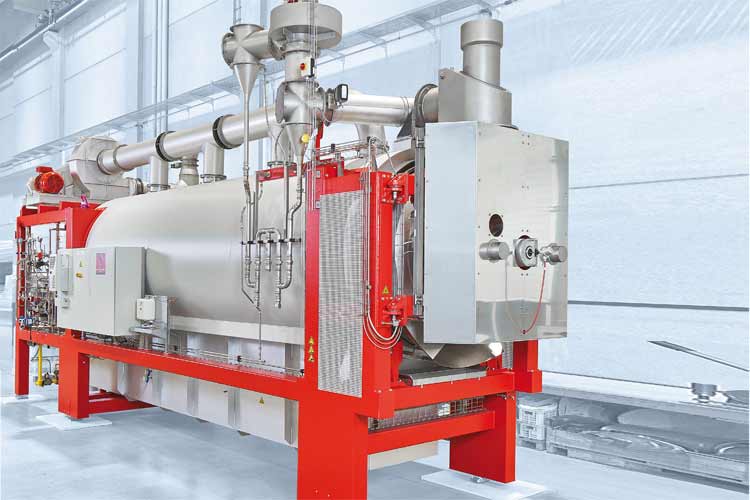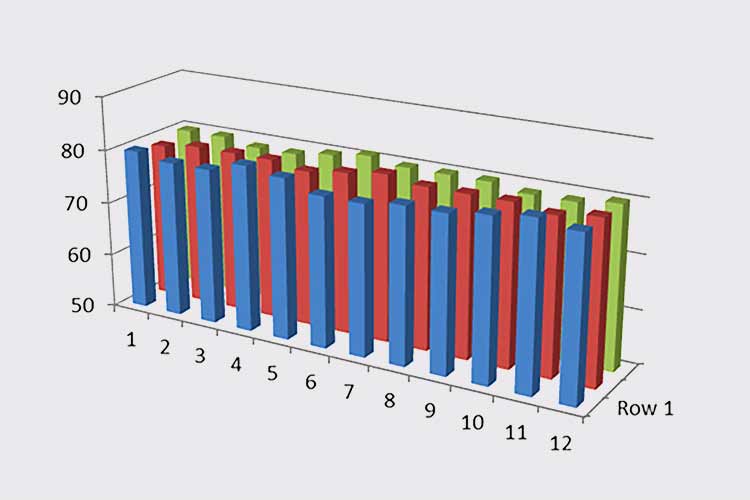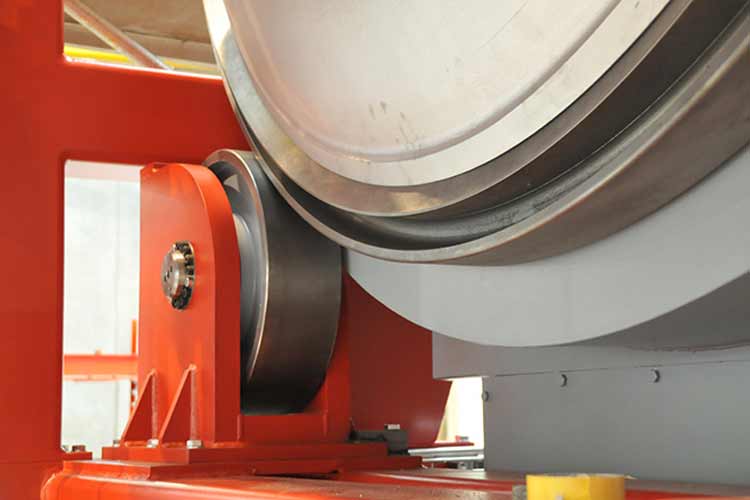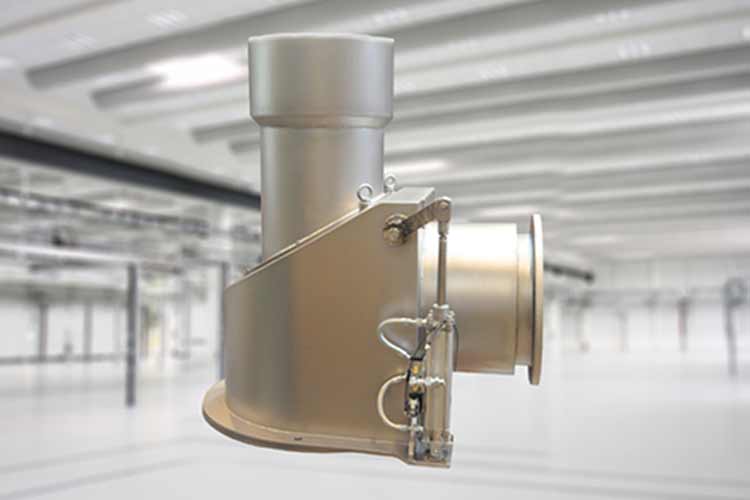HIGHLIGHTS
Roasting system CNRS
Here are the highlights of the roasting system CNRS:
- Flexible batch roasting system
- Sterilization during the roasting process
- Repair of taste defects
- Alkalization of the nibs
- Even energy distribution through TET
- Optimized energy consumption through burner air preheating CAPS
CAPACITIES
Roasting system CNRS
The roasting system CNRS is available with the following capacities:
- CNRS 10: 1000 kg/batch cocoa nibs
- CNRS 35: 3500 kg/batch cocoa nibs
- CNRS 50: 5000 kg/batch cocoa nibs
- CNRS 60: 6000 kg/batch cocoa nibs




